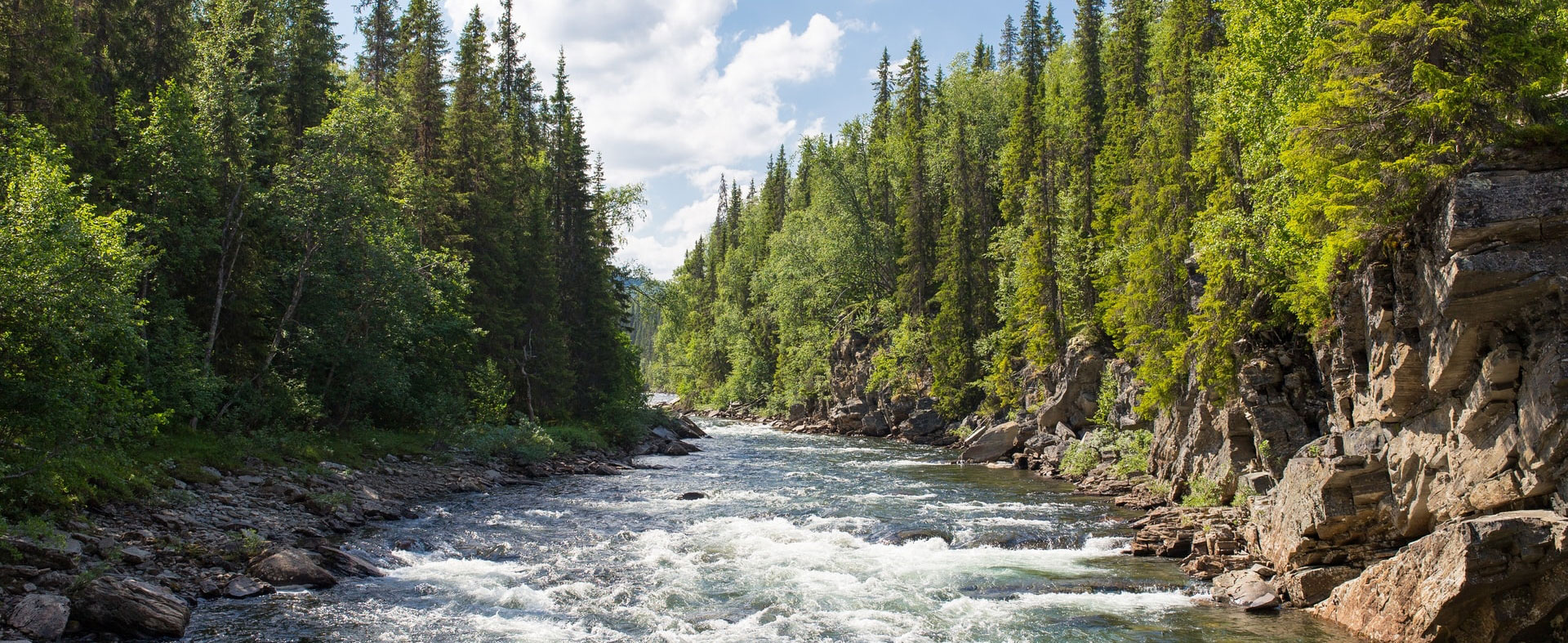Master Class: Advanced Techniques in Watershed Science
January 13 - 18, 2019
Location: Biosphere 2 | Oracle, AZ
Instructors
- Beth Boyer
- Pennsylvania State University
- Richard Hooper
- Tufts University
- Ciaran Harman
- Johns Hopkins University
- Peter Troch
- University of Arizona
- Naomi Tague
- University of California Santa Barbara
This master class will introduce advanced modeling and data analysis techniques to interpret data from intensive watershed studies and will explore our current understanding of hydrological, ecological and biogeochemical processes. Consistent themes throughout the course is the interplay between models and data and the process of formulating models from the conceptual stage through its formal construction and evaluation.
This week-long short course presents a unique opportunity for students and post-docs to explore watershed hydrology and biogeochemistry at the Biosphere 2 (B2) facility of the University of Arizona, outside of Tucson. Students will be working with LEO data. Differing perspectives on watershed science theory, experimental design, and modeling will be provided by leading scientists in the field. While designed for graduate students, other professionals are welcome to register for the course.
We will start by reviewing how hydrologists have conceptualized runoff generation processes. How have these concepts changed over time and, in particular, how did the inclusion of tracers impact our thinking about streamflow generation? We will then examine catchment processes in more detail and explore the use of energy balance and dimensionless analysis for understanding water fluxes across a range of different environments and scales. We will analyze streamflow recessions and catchment sensitivity functions, and consider what these tell us about the way catchments storage and release water. We will compare this with the insights into catchment storage that come from analyzing transit times (both using simple steady-state and advanced non-steady-state approaches). The next topic is the use of multiple tracers in design of watershed studies and for developing a more comprehensive understanding of multiple and interacting watershed processes. Finally, we will discuss the design and application of simple to complex hydrologic and coupled eco-hydro-geo models. We will focus on finding the “right tool for the job” and the use of models as a means to synthesize data, develop and test quantitative hypotheses of catchment processes evaluate sources of uncertainty and develop scenarios.
Course learning objectives include:
- Rainfall-runoff processes
- Hydrograph analysis (recession curves and catchment sensitivity functions)
- Hydrochemical and isotopic measurements and analyses
- Combined use of hydrometric and tracer approaches
- Simulation models for data synthesis, hypothesis testing and scenario development
